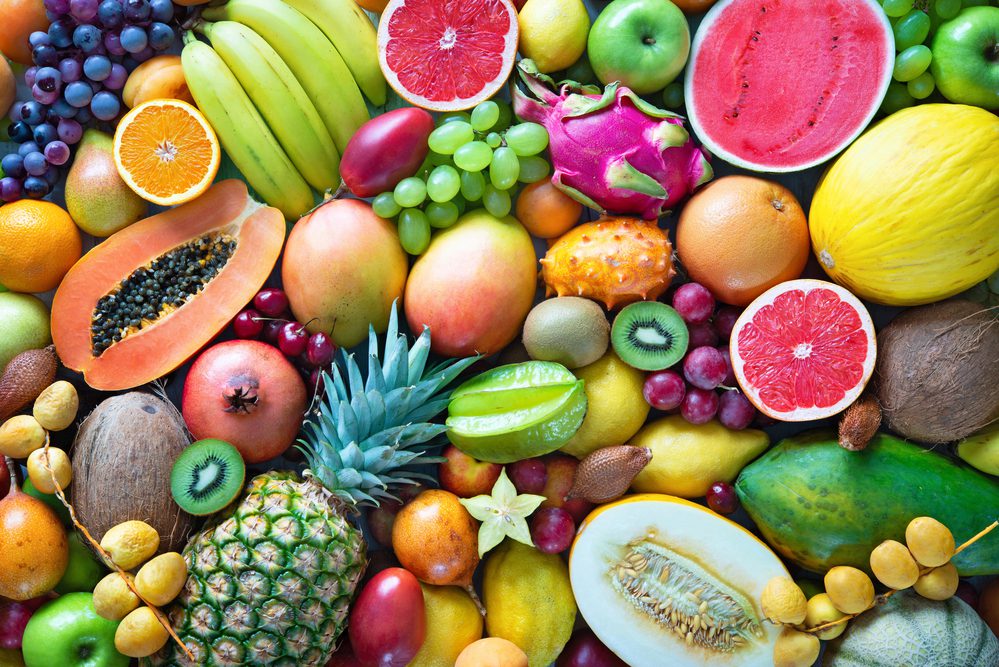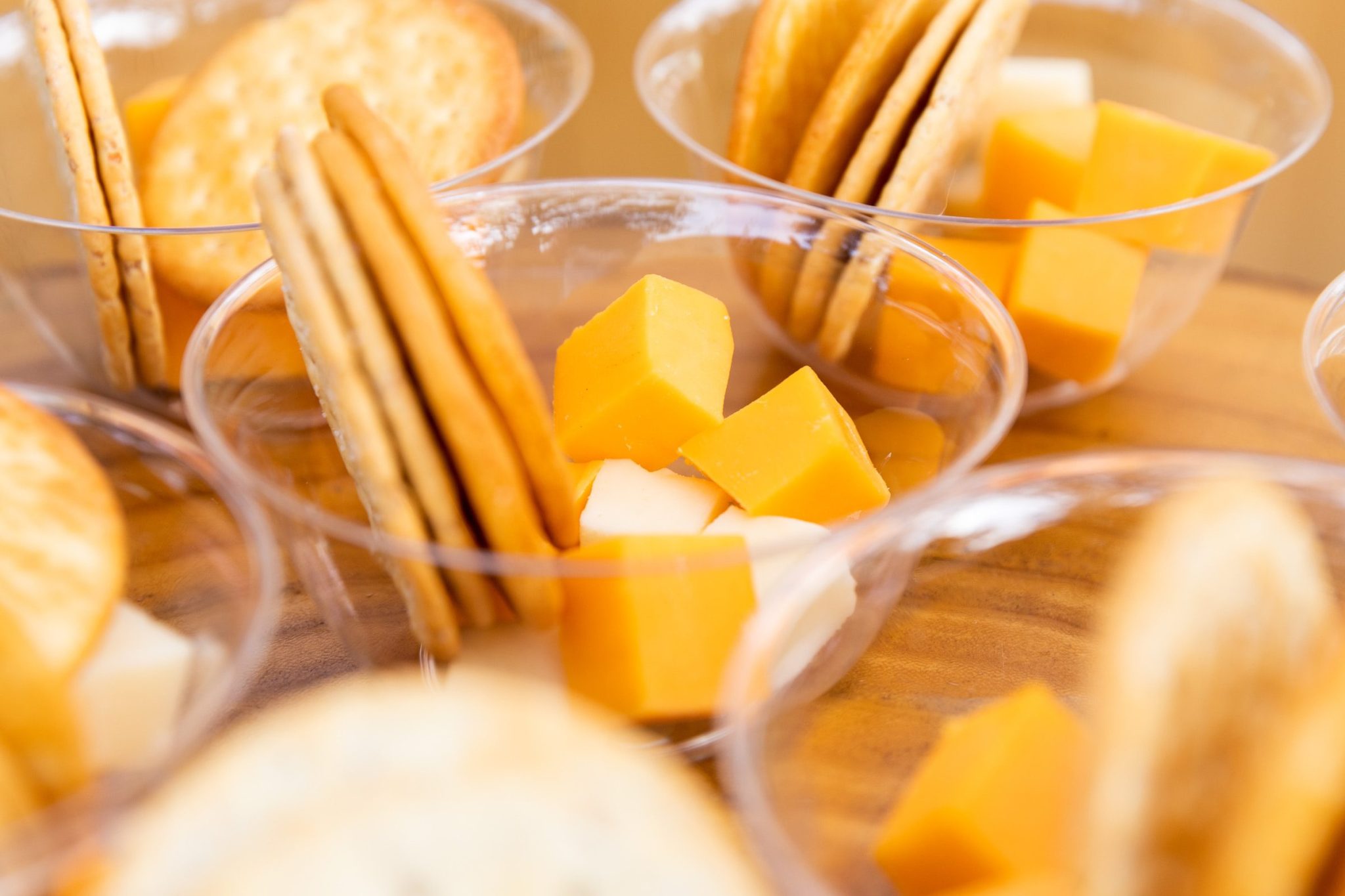Hello, parents and little fruit lovers! Did you know that some of your favorite tropical fruits can actually help keep your teeth healthy and strong? That’s right! These delicious, juicy treats are not only a fun addition to your snack time but also pack a punch when it comes to dental health. Here, our pediatric dentists in Overland Park dive into the wonderful world of tropical fruits and discover how they can benefit those precious pearly whites!
Pineapple: The Plaque Buster
Pineapple isn’t just a sweet treat; it’s a superhero for your teeth! This tropical fruit contains an enzyme called bromelain, which acts like a natural toothbrush, breaking down plaque and keeping your child’s teeth clean. Plus, pineapples are loaded with vitamin C, which is essential for healthy gums. So, the next time you enjoy a tropical smoothie or a pineapple slice, remember that you’re giving your teeth a helping hand.
Fun Tip: Try making a pineapple and yogurt parfait. Layer chunks of pineapple with yogurt and a sprinkle of granola for a tasty and tooth-friendly snack!
Kiwi: The Mighty Vitamin C Boost
Kiwi may be small, but it’s mighty when it comes to dental health. Packed with vitamin C, kiwi helps maintain healthy gums and prevents gum disease. This fuzzy little fruit is also a good source of calcium, which is vital for strong teeth. So, slicing up a kiwi for your child’s lunchbox is a great way to give their teeth a nutritious boost.
Fun Tip: Make kiwi popsicles! Blend kiwi with a bit of water or juice, pour into molds, and freeze. It’s a fun, refreshing treat that’s good for their teeth.
Guava: The Gum Guardian
Guava is a tropical treasure rich in vitamin C. Its astringent properties help tighten gums and reduce inflammation, making it a fantastic fruit for gum health. Some cultures even chew guava leaves to control plaque and maintain oral hygiene. While that might be a bit adventurous, incorporating guava into your child’s diet is a great way to promote healthy gums.
Fun Tip: Create a colorful fruit salad with guava, pineapple, and kiwi. Add a squeeze of lime for extra zing, and you’ve got a delicious, gum-friendly dish.
Papaya: The Plaque Fighter
Papaya, another tropical delight, contains an enzyme called papain, which helps break down proteins and reduce plaque formation. It’s also rich in vitamin C, supporting overall oral health. Adding papaya to your child’s snack time not only satisfies their sweet tooth but also helps keep their teeth clean.
Fun Tip: Whip up a tropical fruit salsa with diced papaya, mango, and a touch of lime juice. It’s a great topping for grilled chicken or fish, adding a burst of flavor and health benefits.
Mango: The Vitamin-Rich Powerhouse
Mangoes are not just tasty; they’re packed with vitamins that are good for your child’s teeth. High in vitamin C and calcium, mangoes help maintain strong teeth and healthy gums. However, since they are also high in natural sugars, it’s important to rinse your mouth with water after enjoying this juicy fruit to prevent sugar from sticking to your teeth.
Fun Tip: Make a mango smoothie by blending fresh mango with a splash of milk or yogurt. It’s a creamy, dreamy way to enjoy the benefits of this vitamin-rich fruit.
Banana: The Gentle Giant
Bananas are a favorite among kids, and for good reason! They are rich in potassium, magnesium, and manganese, all of which are important for maintaining strong teeth. Plus, bananas are low in acidity, which means they won’t harm the enamel on your child’s teeth.
Fun Tip: Slice bananas and top with a bit of peanut butter for a satisfying, tooth-friendly snack. You can even add a sprinkle of granola for extra crunch.
Coconut: The All-Rounder
Coconut is a versatile fruit that offers several benefits for oral health. Coconut water has antibacterial properties that can help reduce the risk of tooth decay and gum disease. And if you’ve heard of oil pulling, you know that swishing coconut oil in your mouth can help reduce plaque and bacteria.
Fun Tip: Serve coconut water as a refreshing drink, or add shredded coconut to yogurt or cereal for a tropical twist.
More Tropical Fruit Tips From Our Overland Park, KS, Dentists
While these tropical fruits are fantastic for dental health, it’s essential to consume them in moderation and maintain good oral hygiene practices. After eating fruits high in natural sugars and acids, encourage your child to rinse their mouth with water. This simple step helps wash away any residue and protects their teeth from potential damage.
Need more personalized dental health tips for your little one? Call our trusted and experienced pediatric dentists in Overland Park today at (913) 685-9990 today!









